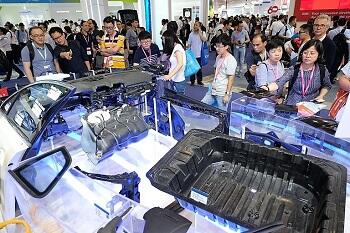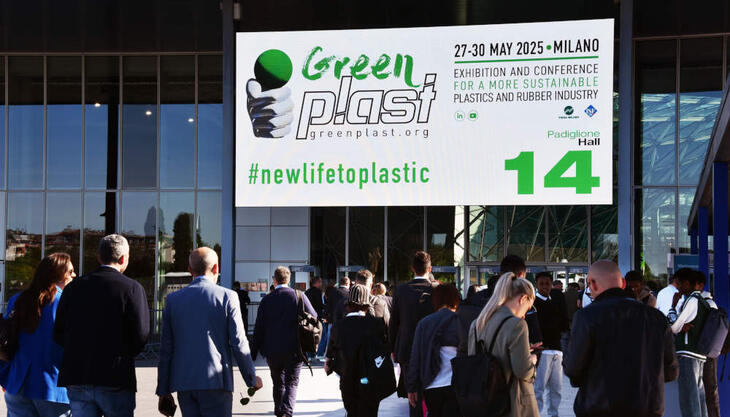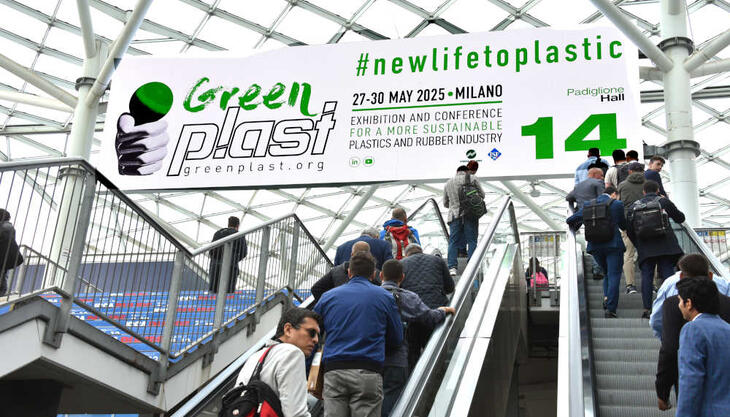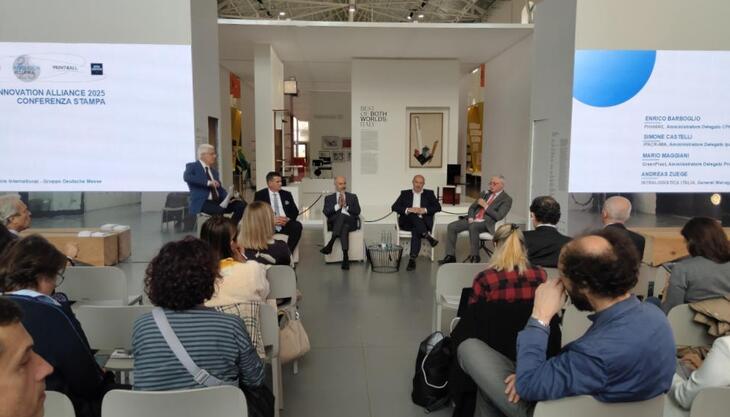Chinaplas 2021: more and more polymers in automotive applications

The pandemic has not been kind to automotive sector. In a recent report, French automotive data and market research company Inovev projected that global automobile production will fall by 17% over the whole of 2020, representing a loss of 15 million vehicles compared to 2019 and returning volume to 2011 levels.
But there still are signs of hope and optimism. China, for example, reopened its auto-making facilities sooner than those in other nations, and countries such as Japan and South Korea were less affected overall by the pandemic. Additionally, the growing trend toward electric vehicles (EVs) and self-driving autonomous (and semi-autonomous) vehicles is creating opportunities for new and expanding applications for a variety of advanced plastic and composite materials.
In this regard, among the protagonists of the next edition of Chinaplas, which will be held at the World Exhibition and Convention Center in Shenzhen from April 13 to 16, will also include various innovative materials for applications in the automotive sector.
In the U.S., Pete Buttigieg, President Joe Biden nominee to be secretary of transportation, has declared that he wants to help put “millions of electric cars” on US roads. Such growth will help to further drive sectors such as the polymer-intensive automotive radar market, which is projected to reach 12.2 billion dollars by 2025, growing at a compound annual growth rate of 20.8%, according to Grand View Research.
In a recent interview with “Sustainable Plastics” magazine, Yanfeng Automotive Interior Systems Jeff Stout stated: “Some time, in the not so distant future the interior will look completely different and the use case will be completely different, but it will still all be plastic.” Stout, the firm’s executive director of global Innovation, says Yanfeng practices design for disassembly where possible, is looking closely at chemical recycling, and continues to develop alternate options, such as its Compression Hybrid Molding (or CHyM) process, in which the primary matrix is a natural fiber mat.
Electric and hybrid vehicles require lightweight, durable, high-temperature-resistant plastics, as well as technology for molding integrated electronics into the growing number of touchscreens and embedded lighting options that are finding use in interior cabins.



















